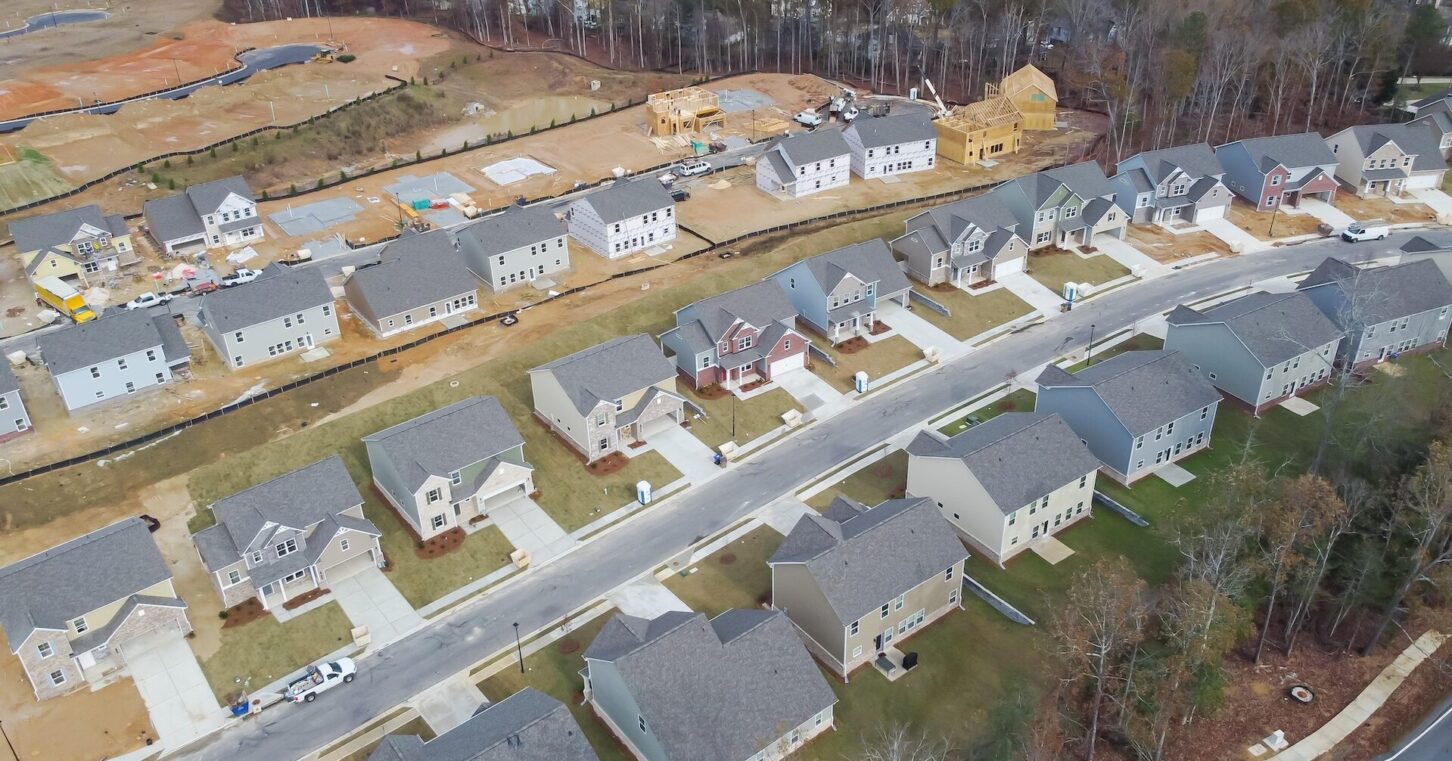
When does a winning streak not feel like a win? When it comes after a bad enough losing streak.
The number of new residential building permits issued in Georgia last year was 14% higher than in 2021. It was the third straight year of growth, and the 10th year out of 12. As it happens, 14% is also the average rate of annual growth for residential building permits during those dozen years.
That’s good news. It’s also inadequate, as we remain far below the levels of the mid-2000s. The current rate of growth in housing supply simply won’t solve Georgia’s housing affordability crisis.
Everyone knows the Great Recession brought the housing industry to its knees, but we are far enough removed from that dark time that many of us have forgotten just how bad things were. In 2005, Georgia builders were issued 109,336 new residential permits. By 2010, that number had plummeted to 17,265.
We’ve been trying to catch up for a decade and a half. How deep is the hole? If Georgians had kept building 109,336 new homes per year, every year, we’d have built more than 1.85 million new homes since 2006.
Instead, we built about 828,000 – a difference of more than 1 million homes.
More rigorous estimates of Georgia’s housing shortage range from 100,000 to 350,000, but either way it’s clear that our shortfall is dramatic. That’s particularly true when we consider that Georgia’s population has grown by almost 2 million since 2005.
Last year, residential building permits grew to 76,637, the largest number since 2006. Again, growing beats shrinking. But at that rate – 30% below the pace from 2005 – the shortage is still getting larger, not smaller.
Worse, the momentum may be faltering: Through the first quarter of 2023, residential building permits were down by 16% compared to the same period last year. Higher interest rates – for builders as well as borrowers – seem to be taking a toll.
With this crimp in the housing supply pipeline, it’s no wonder that prices and rents are beyond the reach of many Georgians. Hundreds of thousands of people have appeared; hundreds of thousands of housing units are missing.
The math is pretty simple.
What’s less simple is how to solve it. But it is clear that a lot of customs and practices are going to have to change. Right at the top of that list is how our local and state governments approach this issue.
Regular readers may recall that last year the Georgia Public Policy Foundation published a first-of-its-kind, state-level estimate of the cost of government regulation in new single-family housing. Just weeks ago, we published a companion study examining regulatory costs for multifamily housing.
What’s remarkable is how similar the outcomes were. Although each study surveyed a different group of homebuilders, each found that regulations at the federal, state and local levels account for about one-fourth of the cost of a new home. Specifically, it was 26.9% of the cost for new single-family homes, and 23.4% for new multifamily homes.
Even some of the components of those overall figures were eerily similar:
- The cost of applying for zoning approval was estimated at 1.3% for single-family, 1.2% for multifamily.
- The cost of required fees and studies to comply with zoning was 3.3% for single-family, 2.8% for multifamily.
- The cost of complying with labor regulations was 2.5% for single-family, 2% for multifamily.
- The cost of changes to the building code over the past 10 years was 7% for single-family, 7.6% for multifamily.
Just as it’s clear that we aren’t building enough homes, it’s clear that government regulations represent a costly barrier to construction. The two are unquestionably related.
In fact, the only question is how long Georgians are going to put up with letting our elected officials talk about addressing this problem while acting in ways that make it worse.